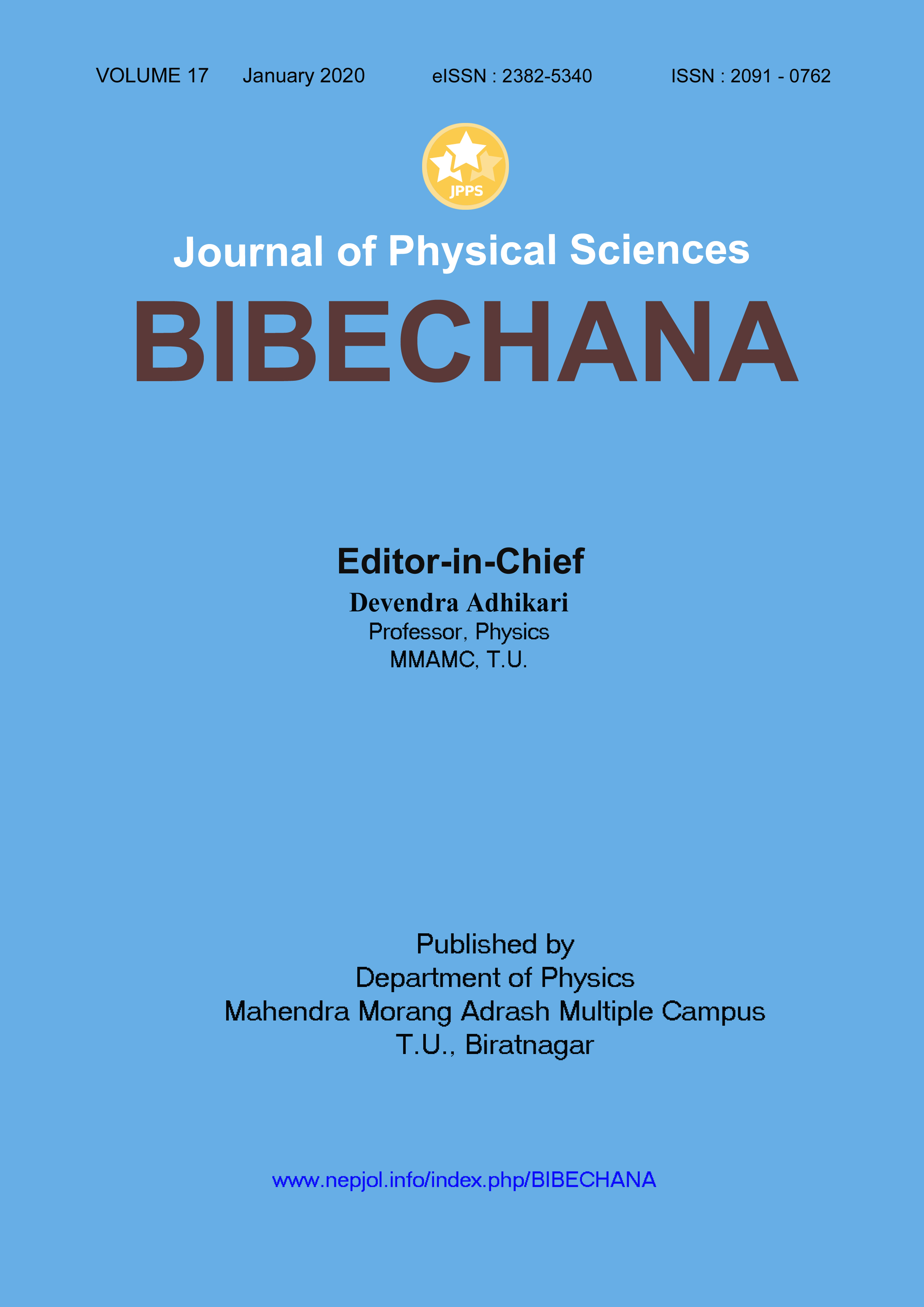Constant velocity pulling and unfolding of thyroid hormone receptor by steered molecular dynamics
DOI:
https://doi.org/10.3126/bibechana.v17i0.25870Keywords:
Steered molecular dynamics; Thyroid hormone receptor, Triiodothyronine; Ligand binding domain; Protein unfoldingAbstract
Unfolding pathways of T3 liganded thyroid hormone receptor (THRT3) can be studied by using the protocols of steered molecular dynamics (SMD). Theory of constant velocity pulling has been implemented to the structure of THRT3 in a neutral water-ion solution equilibrated up to 20 ns. The globular form of THRT3 is completely unfolded extending N-C termini from 38 Å to 876 Å at a constant speed of 0.1 Å/ps by means of 8.5 ns long SMD simulations. The peak force measured in the intermediate conformations is related to a burst of backbone H-bonds among a-helices and b-hairpins. With decrease in H-bonds, electrostatic energy increases by losing gradually the secondary structure and separating a and b-strands in solution. The force at the end (t > 8.5 ns) increases steeply with the large increase in bond-angle and bond-length potentials when the system becomes completely unfolded. The hydrophobic ligand binding domain (LBD) of THR-b with load bearing H-bonds protects T3 from water attack. Even after complete unfolding of THR-b LBD, the position of T3 is not deviated more than 2.5 Å and a large number of water molecules remain in the surrounding of this domain area. This is a strong evidence for the mechanochemical stability of a receptor protein’s LBD towards hormone activated gene expressions followed by ligand binding and dissociation.
BIBECHANA 17 (2020) 50-57
Downloads
Downloads
Published
How to Cite
Issue
Section
License
This license enables reusers to distribute, remix, adapt, and build upon the material in any medium or format for noncommercial purposes only, and only so long as attribution is given to the creator.




